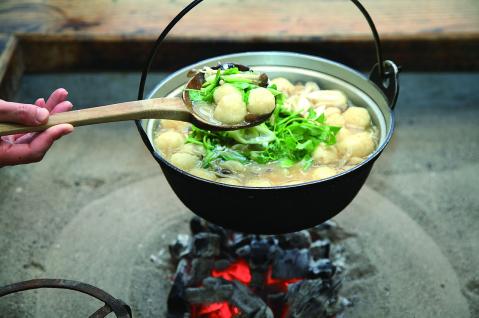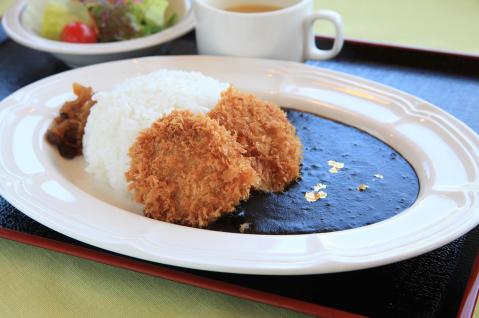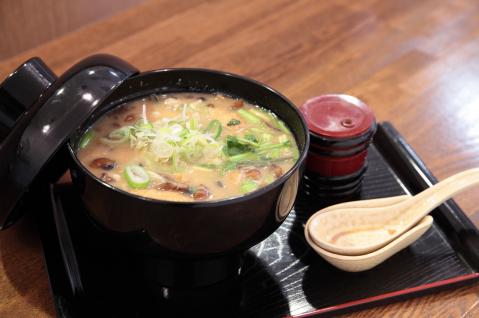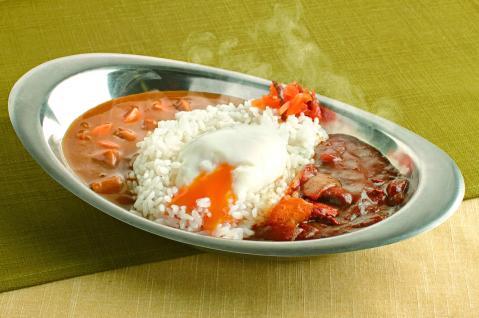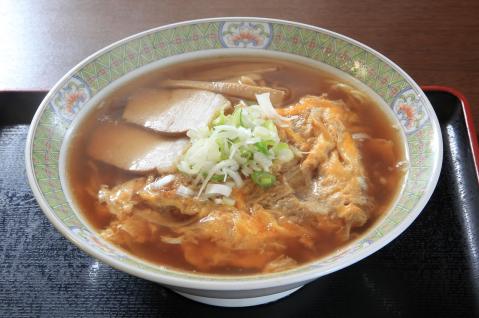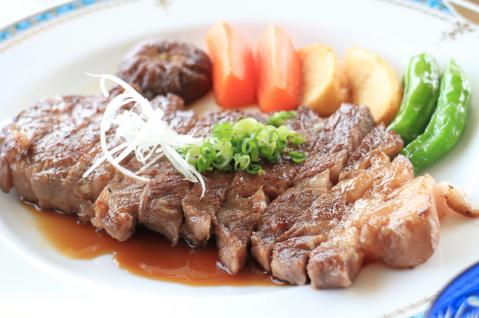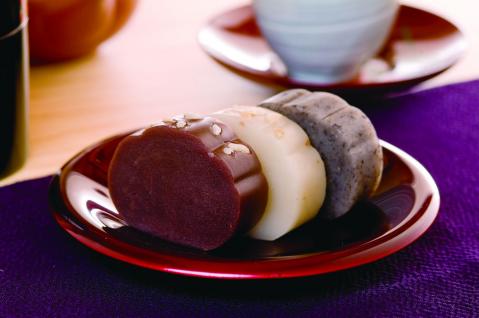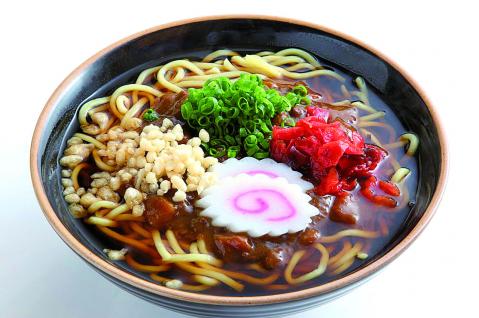New Articles
Yamaimo nabe
The specialty dish “Yamaimo Nabe” in the Lake Tazawako district is grated “yam”, which is sticky similar to yam, into a dumpling shape, and is made into a pot with meat, mushroo...
Cherries in Sanseki
The Miseki district of Yuzawa City is known as a cherry producing area, and is a fertile land with temperature differences. An alluvial fan has developed under the fault cliff, ...
Black ore curry
A rare curry called black ore curry was born in a dish made by the head chef of the Bronze Museum based on the image of black ore gemstones as a dish that makes use of the fact ...
Natto soup
Natto soup is miso soup mixed with carefully ground natto. It is a local dish handed down in the southern region of Akita prefecture, Dissolve the ground natto in the soup stoc...
Aigake Jindai Curry
The Jindai district in Semboku City, Akita Prefecture, is a rice cultivation area where organic rice Akitakomachi production is thriving. The delicious rice produced here meets ...
Katsu ramen
It is said that it originated about 40 years ago, when people wanted to eat both katsudon and ramen, topped with soy sauce ramen topped with pork cutlet boiled in eggs. We wante...
Kinko
It seems that the reason for making Kinman started when Masami Ouchi, the first generation, happened to see manju making in Tokyo and wanted to try it on his own, and started ba...
Three cups mochi
It is a mochi confectionery eaten mainly in the Omagari Senboku area in the southern part of Akita prefecture, and it seems that it was called “sanbai miso” because rice flour, ...
Omagari curry umamen
Curry umamen is made by putting ramen noodles in a soup made with dried bonito broth and sprinkled with curry on top of it. Curry with pork and onions is hung on it, and fried b...
Stone-grilled dishes
It is said to have originated from the fisherman's dish of Oga, and it is a local dish handed down in the Oga region of Akita prefecture. It is a hot pot dish made by stewing pl...
Akita Kayaki
Kayaki is said to be a word accented with shellfish. It seems that it started when fishermen on the beach used shellfish instead of hot pot to cook. It is a dish in which season...
